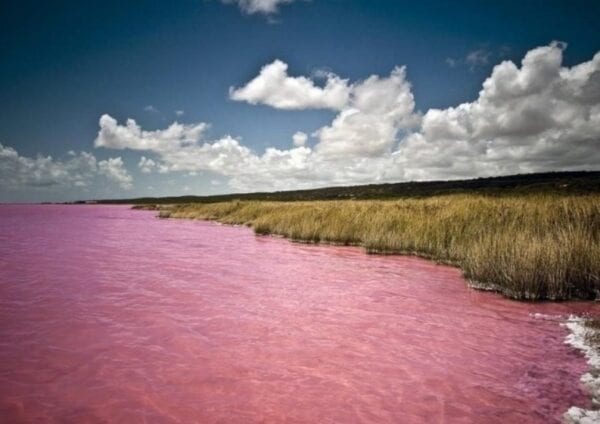 24, Июль, 2016
24, Июль, 2016Unusual trees in New Zealand
Species of wood type in New Zealand, growing in the area, have a number of features. First of all, they are distinguished by a very slow growth, the root of their system is not so deep in the soil and, therefore, no problem they can pull out of the land during heavy wind and storm, and yet, they have a sufficiently solid and strong, but more difficult to wood processing. In addition, a significant part of the forest was cut down and burned.

Revegetation is carried out mainly by the introduction of species that are brought from different corners of the globe. Already at the time of completion of the last century in New Zealand began to create artificial afforestation type. Well acclimatized and in modern times, fairly widespread eucalyptus and acacia, sequoia from Australia.

Forest in New Zealand, consisting of a typical subtropical vegetation, represented by cypresses and pine trees in North America, poplar, birch, pine, oak and other species from Europe. In 1951, the total area occupied by forests, was six thousand three hundred fifty-six thousand hectares, or 23.9 percent of the total territory of the country, of which 183 600 hectares occupied by artificial forest planting.

In the natural state it is distributed in the provinces of Westland and Southland in the South Island, a third of the area of specially cultivated flax is grown in the North Island, in Auckland city area. Flax is a herbaceous perennial plant, which has a thick rhizome, from which a fan-shaped form go infinitely long, about twenty-three meters, the leaves are sword-shaped form.

By appearance it resembles the iris. From the leaves of the plants get stronger and stronger fibers, superior in quality known abaca. At the beginning of this century, flax has grown on the two islands, and he was one of the country’s exported goods.











